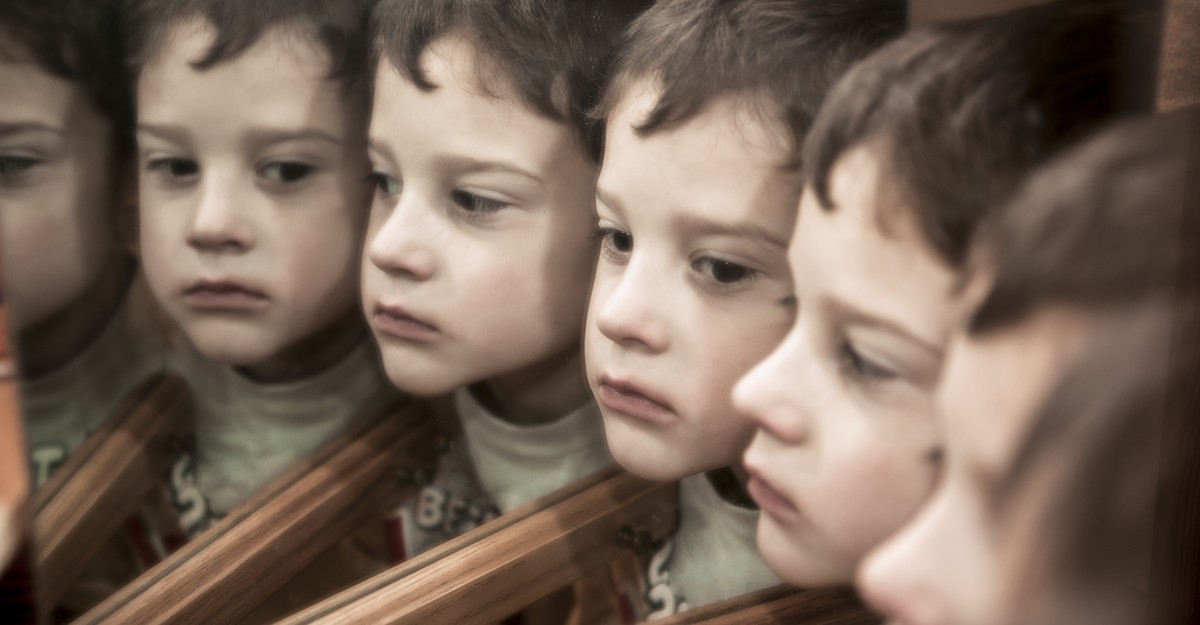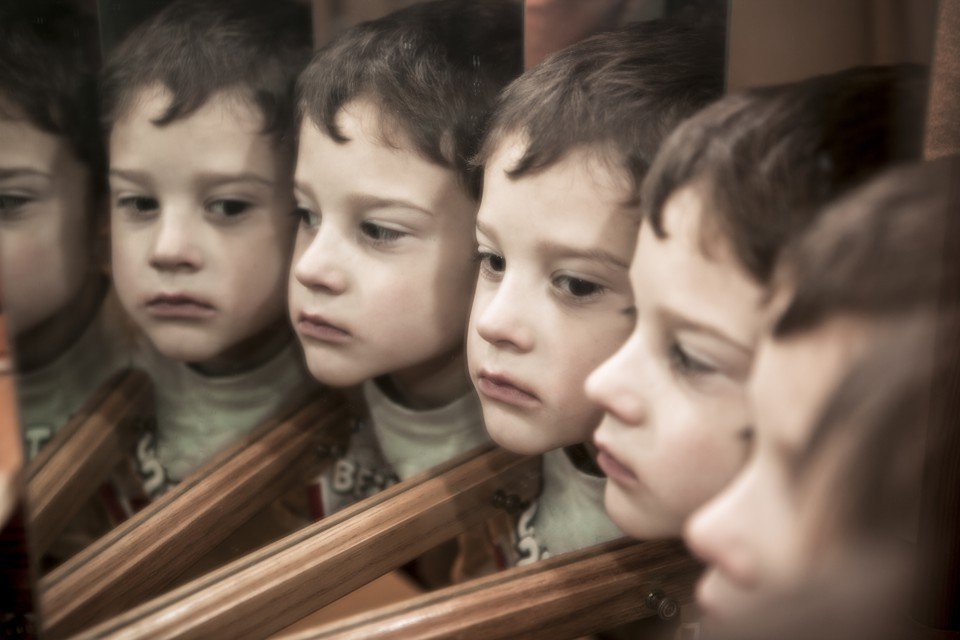
Self-Control Is Just Empathy With Your Future Self
The same part of the brain that allows us to step into the shoes of others also helps us restrain ourselves.
I think this might have slip through the cracks at it's time 2016, although I vaguely thought sott might have carried something similar. Nothing on searches, so here it is. Title saids it all, but what is interesting is that it came from MSM and mainstream science. The info is actually staggeringly good in many ways. Like they actually nearly discuss combining other sciences into their field. And maybe even openly admit the hypocrisy of modern science and its limits. Well simply because of the nature of the beast they are tackling here, they confront their limits finally? Actually thought this was just too coincidental when I click on this google ad.
The Atlantic | Ed Yong
You’ve likely seen the video before: a stream of kids, confronted with a single, alluring marshmallow. If they can resist eating it for 15 minutes, they’ll get two. Some do. Others cave almost immediately.
This “Marshmallow Test,” first conducted in the 1960s, perfectly illustrates the ongoing war between impulsivity and self-control. The kids have to tamp down their immediate desires and focus on long-term goals—an ability that correlates with their later health, wealth, and academic success, and that is supposedly controlled by the front part of the brain. But a new study by Alexander Soutschek at the University of Zurich suggests that self-control is also influenced by another brain region—and one that casts this ability in a different light.
Press your right index finger to the top of your right ear, where it meets your head. Now move up an inch and back an inch. You’re now pointing at your right temporoparietal junction (rTPJ). This area has long been linked to empathy and selflessness. But Soutschek, by using magnetic fields to briefly shut down the rTPJ, has shown that it’s also involved in self-control.
Which makes perfect sense. Empathy depends on your ability to overcome your own perspective, appreciate someone else’s, and step into their shoes. Self-control is essentially the same skill, except that those other shoes belong to your future self—a removed and hypothetical entity who might as well be a different person. So think of self-control as a kind of temporal selflessness. It’s Present You taking a hit to help out Future You.
“For a long time, people have speculated that we use the same mechanisms to reason about other people as about our hypothetical selves,” says Rebecca Saxe from MIT. “So this new study fits really well.”
Saxe should know. She was one of the first scientists to link the rTPJ to theory of mind—the ability to understand the mental states of other people. In 2005, she and Nancy Kanwisher scanned people’s brains while they listened to stories in which protagonists made poor choices based on false beliefs. This experiment showed that the TPJ is active specifically when people are “reasoning about the contents of another person’s minds”—the essence of theory of mind. This region, the duo wrote, helps people to think about thinking people.
At the same time, many other neuroscientists were doing similar experiments and getting the same answers. The consensus was striking, Saxe later wrote. “Because there was almost no pre-existing neuroscience of theory of mind, researchers came to the topic with unusually few preconceptions about where to look in the brain. In those circumstances, neuroimaging is notoriously fickle, producing many false positives and false negatives. Yet every group that sought to identify brain regions implicated in ToM got essentially the same answer; and in study after study, we still do.”
Many other studies have since expanded on those early results. If the rTPJ is bigger, people are more likely to behave altruistically. If the neurons within it are better-connected (and well-linked to other parts of the brain), people show less bias towards their own in-groups. If the area is stimulated by electric currents, people become better at taking someone else’s perspective.
And if the region is disrupted, it changes our ability to reason about morality. Consider a woman who poisons her friend’s coffee—if she does so deliberately, we’d judge her more harshly than if she acted accidentally. Intent matters, and we need the rTPJ to judge intent. When Liane Young, one of Saxe’s former students, disrupted the rTPJ using magnetic fields, she found that people were more lenient towards the deliberate poisoner, as long as her friend survived. With their ability to gauge intent disrupted, they started looking to outcomes instead.
Not everything fits with the idea of the rTPJ as a nexus for theory of mind. For example, many studies suggest that it affects our ability to shift our attention from one part of space to another, like a technician moving a spotlight around. “Even in my own small lab, people disagree about the function of the rTPJ,” says Young, now a professor at Boston College.
If you look at the debate and relax your eyes, you can probably merge the two viewpoints into one. Maybe the rTPJ is a region that redirects our attention from one thing to another—whether between objects in the world around us, or between our minds and other people’s. Alternatively, it’s likely that what we call the rTPJ is not actually a singular bit of the brain. “There’s a lot of work suggesting that there are different sub-regions—one of which does spatial reorienting, and the other does perspective-taking,” says Young.
That’s where Soutschek’s study comes in. He specifically focused on the back half of the rTPJ—the one that’s been more heavily linked to empathy—and disrupted it in 43 volunteers. When that happened, the recruits became more likely to pocket a pile of cash for themselves rather than splitting it with a partner, and especially when the partner was a stranger. But they were also more likely to pick a small immediate lump of cash over a larger future one, especially when the delays were long.
A second experiment explained why. This time, the volunteers saw a picture of a man standing in a room with red discs on the wall. The volunteers could see all the discs, but they had to say how many the man in the room could see. They had to shift their perspective to his, and they became worse at that when their rTPJ was disrupted. What’s more, Soutschek showed that the extent of their bias—their inability to leave their own heads—predicted both how impulsive and how selfish they were in the earlier experiment.
This tells us that impulsivity and selfishness are just two halves of the same coin, as are their opposites restraint and empathy. Perhaps this is why people who show dark traits like psychopathy and sadism score low on empathy but high on impulsivity. Perhaps it’s why impulsivity correlates with slips among recovering addicts, while empathy correlates with longer bouts of abstinence. These qualities represent our successes and failures at escaping our own egocentric bubbles, and understanding the lives of others—even when those others wear our own older faces.


